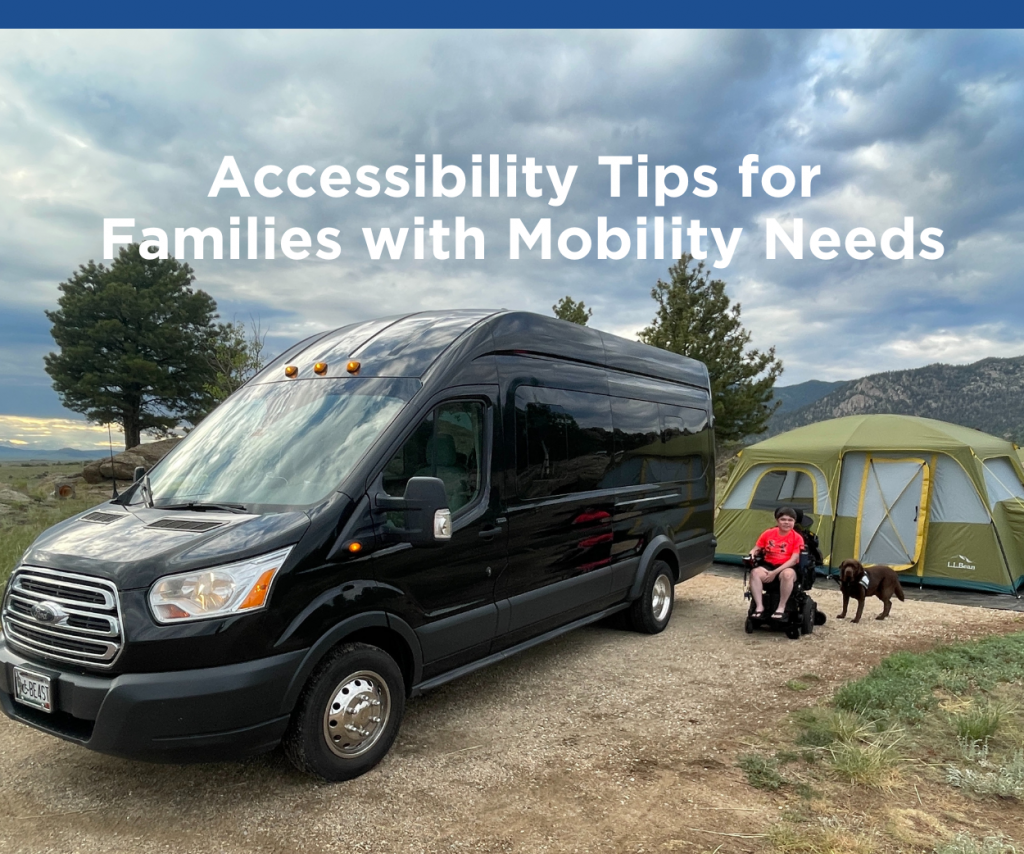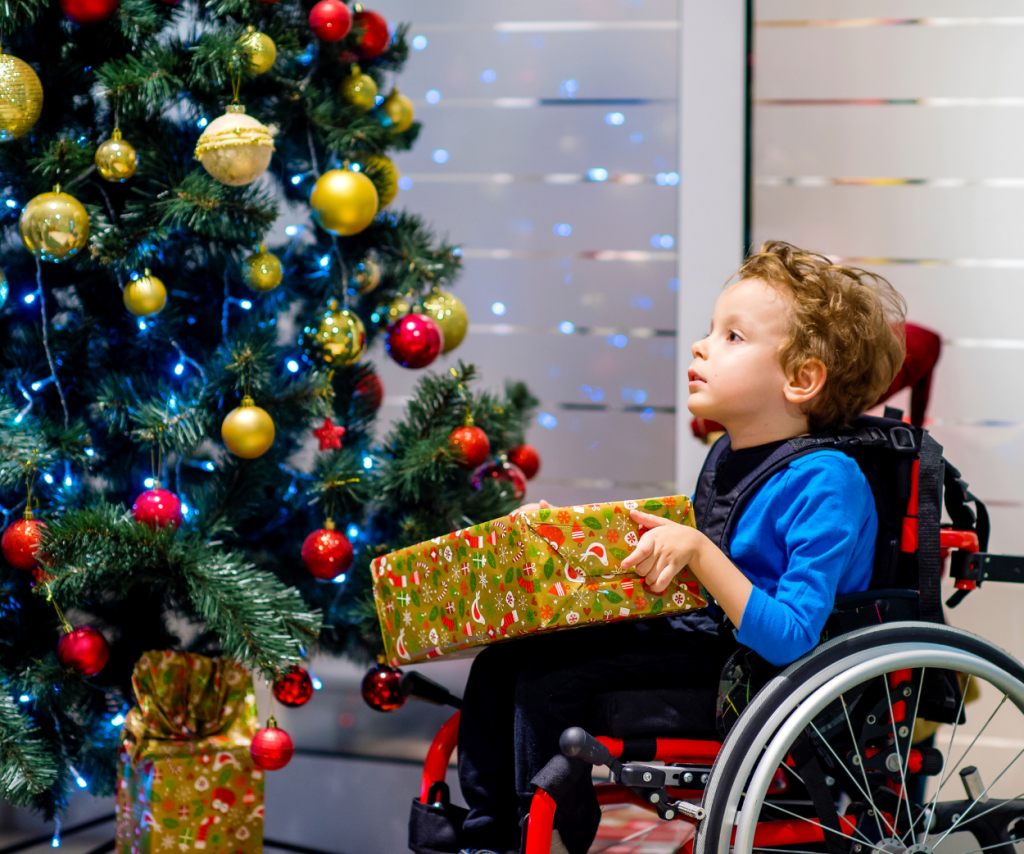Safety Tips for Fall Prevention in Autumn
Autumn is a favorite season for many people. Cooler weather brings intense relief from the summer heat and people prepare to enjoy outdoor sports or activities during the season. However, some places experience severe weather like snow and thunderstorms, which increases the risks of falls. Falls are a common reason for trips to the emergency room and for hospital stays during this season. Fall-related fractures are particularly common among older people with mobility issues. It is estimated that more than one in three people aged 65 years or older suffer falls each year. Fall-inflicted injuries make it difficult for them to live independently. Following these safety tips can help prevent falls in autumn –
- Protect Against Falls – Icy weather can increase the risk for falling. Chronic conditions like joint pain, arthritis or changes in weather conditions can increase the risks of falling among seniors. Improve your living environment by using accessibility equipment like grab bars, bed rails, non-slip bath mats, portable ramps and stair lifts.
- Clear Away the Leaves – Keep walkways clear of leaves, which can become slick when it rains. Make sure sidewalks and porches are cleared of leaf piles, ice and snow as these can pose further risks for dangerous falls. Leaves soaked in water could have the same effect as ice, potentially causing slip and fall injuries while walking.
- Wear Sensible Shoes – Don’t wear shoes with high heels or slick soles as it can increase risks of falls. Wear comfortable, non-skid footwear that offers plenty of traction to avoid slipping or tripping. It is important that the soles are not too thin or too thick. Walk on stairs or floors in socks or in shoes and slippers with smooth soles.
- Use the Handrail: Not using a handrail is one of the most common reasons for falls on a staircase. Always use the handrail when going up and down stairs inside and outside your home.
- Use an Assistive Device – Appropriate use of canes, ramps and walkers can prevent falls. If the physician recommends using a cane or walker, make sure it is the right size. This is particularly important when walking in areas that you are not familiar with or where the walkways are uneven. A physical or occupational therapist can recommend the right type of accessibility device and provide instructions on how to use it safely.
- Choose the Right Type of Accessibility Equipment – Outdoor stairs can be filled with wet leaves which can increase the risk of falling. Accessibility devices such as exterior stair lifts can help improve mobility and prevent falls.
Mobility issues can indicate life changes for seniors and they become more susceptible to slips and falls. Following these safety tips can improve safety during the autumn season. People who are feeling anxious about using stairs in their home can get in touch with National Seating & Mobility. The company provides high quality accessibility equipment such as stair lifts, wheelchair lifts and ramps. They can provide you with the right option to improve your mobility and quality of life.
More Stories
Related Articles
Camping Made Possible
Depending on what climate you live in, late fall to early spring can be the perfect time to squeeze in a camping trip, and the…
Last Minute Holiday Gift Guide for People with Disabilities
Looking for the perfect last minute gift for someone who uses mobility equipment? Our holiday gift guide has you covered! The holiday season is here,…
Making a Home Safe for Seniors
Did you know that 55% of all senior fall injuries happen inside their house?* As people age, they often lose some level of mobility, strength,…


